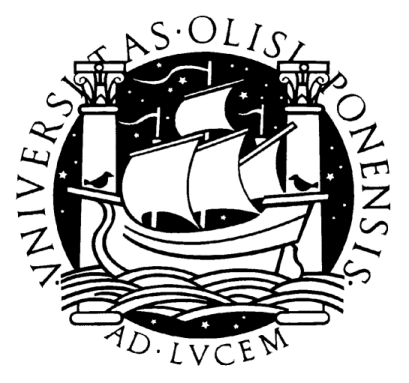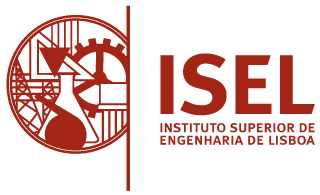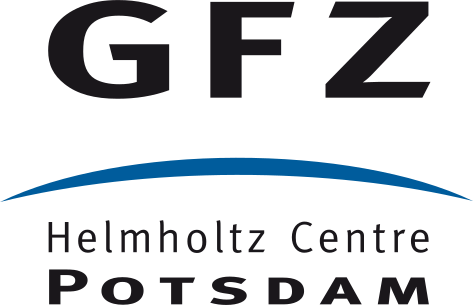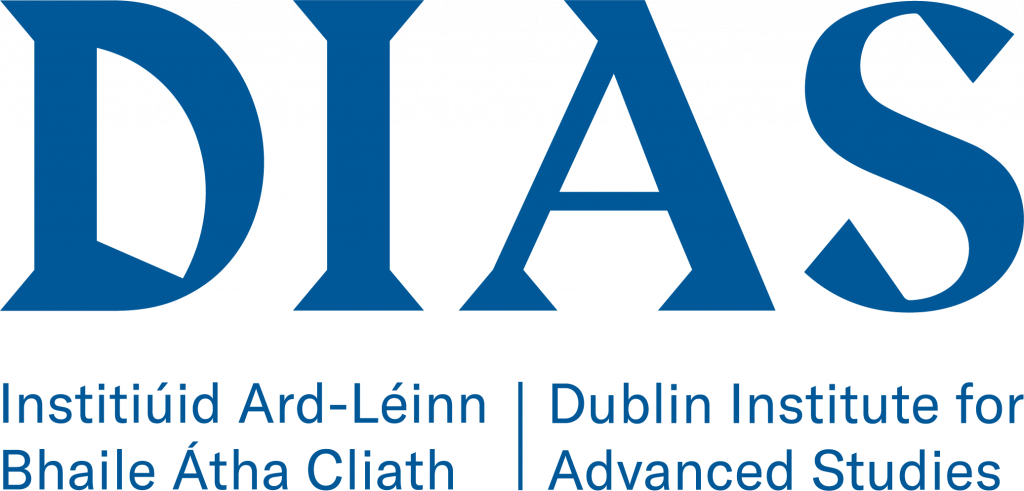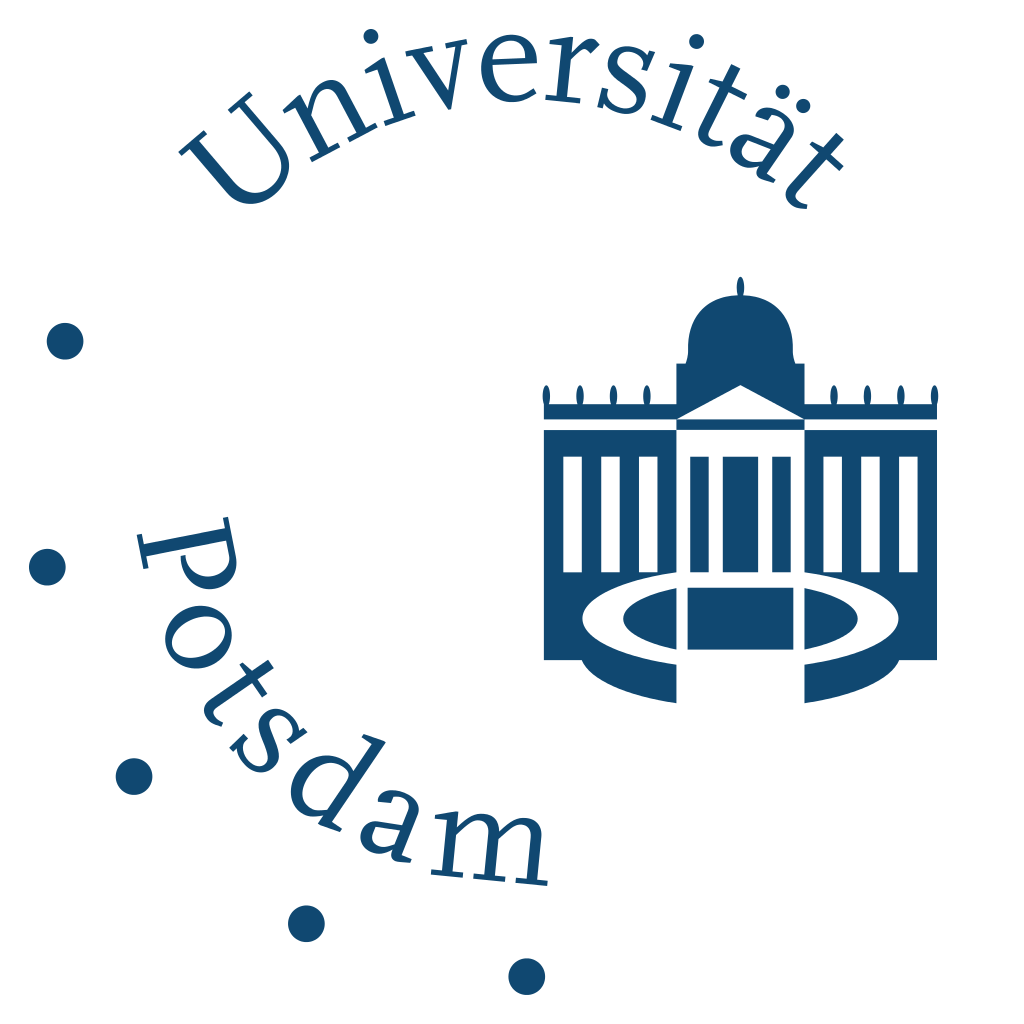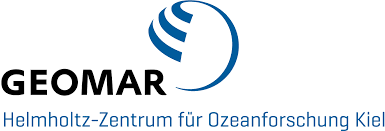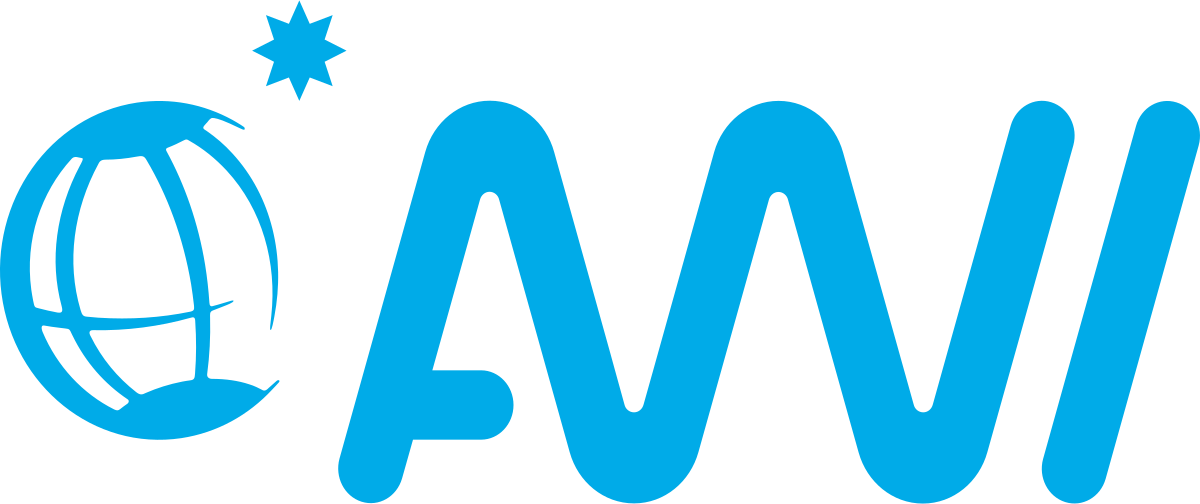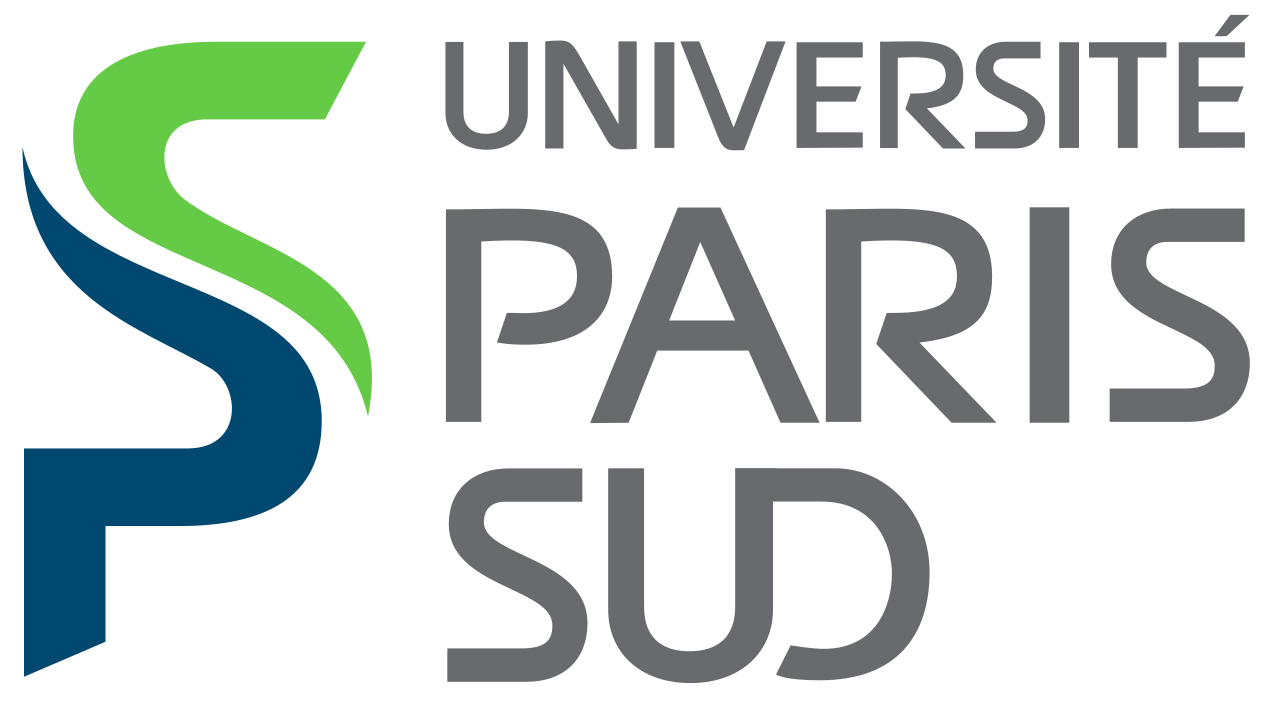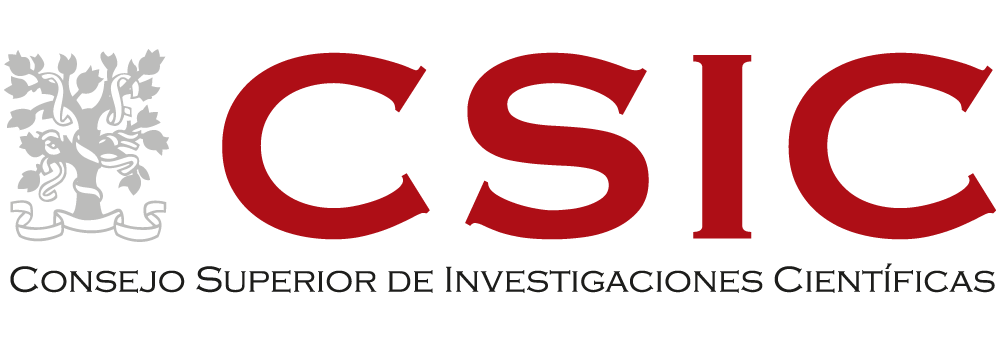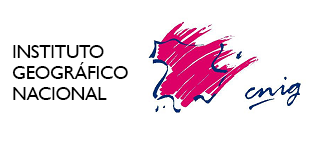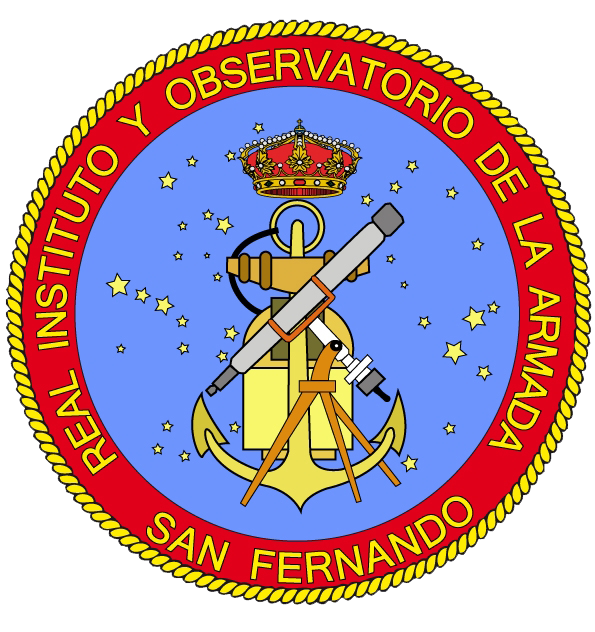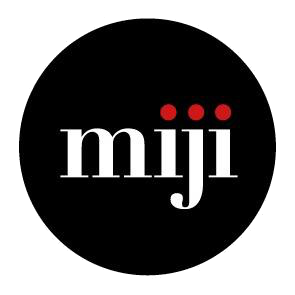By Frederik Tilmann
Finally, the last of the forty-six ocean-bottom seismometers (OBS) named Sara is deployed (named after a young artist from Portugal). A last look, as the frame is sinking below the waves and quickly disappearing from view, and our main mission is complete. No longer will the daylight hours be occupied with station preparations and assembly of the different components; no longer will our daily rhythm be punctuated every 10-12 hours by the call “One hour to station”, day or night.
Usually on this call, the team assembles in the “wet lab”. Safety vests are donned, and the final preparations on the rear deck can begin. First, a computer and GPS system are hooked up to the recorder a last time to start the recording and synchronise the internal clock of the recorder with UTC (the `coordinated universal time’ aka Greenwich Mean Time). The proper functioning of the seismometer and hydrophone is double-checked by looking at the signal generated by the rocking of the ship. A detailed check-list is worked through to make sure no bolt is left untightened and no cable tie has been forgotten, as there is no possibility to correct any error once an OBS is freed from the crane hook, and the consequence of minor oversights is not rarely the complete loss of the instrument. Just shortly before reaching the station, a radio beacon and flashlight mounted to the frame are activated. They will go to sleep again once submerged in salt water, but will be needed in a year’s time for the instrument recovery: released from its anchor (read more about releasers in Theresa’s blog), the OBS will simply ascend and, because of currents, usually appear at the surface hundreds of metres from where it was deployed. Mostly submerged, they would be impossible to spot without the aid of the flashlight and the beacon, and during daylight hours, a the bright orange flag.
Guiding ropes are attached to the station and a rope for attachment to the crane. Finally, the call “Cinco minutos” (5 minutes) from the seaman, indicating that the ship has nearly reached its designated position. People get into position for the deck handling. You can read David’s blog for more details how the actual deployment works.
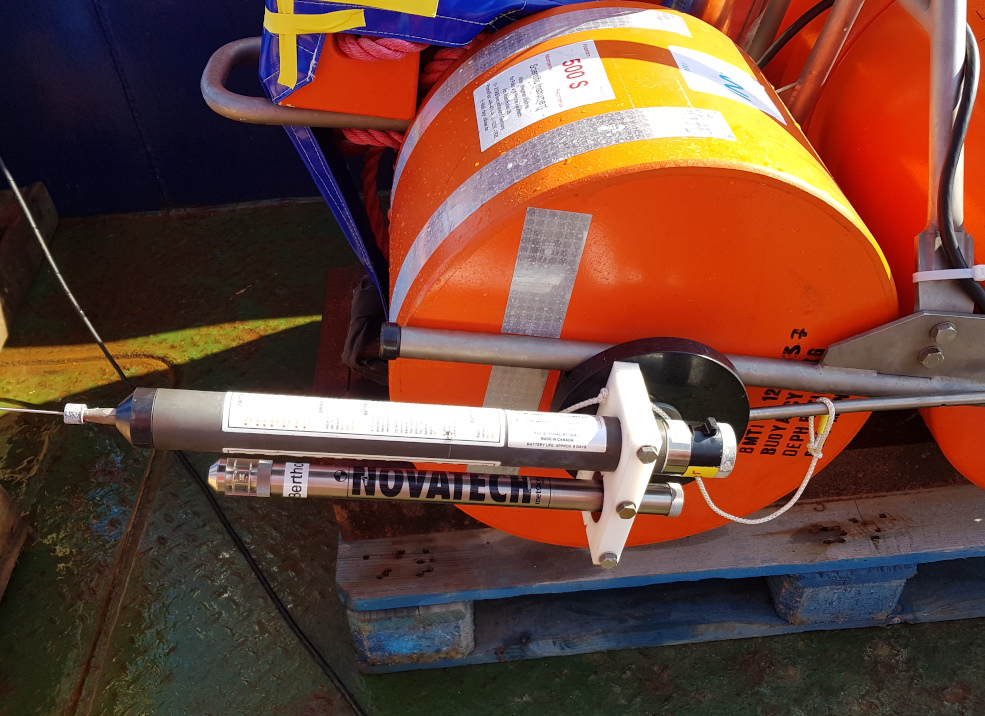
Close-up view of the radio beacon and flashlight. The OBS (Type ‘Lobster’) will resurface 90° rotated from the deployment position, so that the beacon and flash light stick out above the water surface.
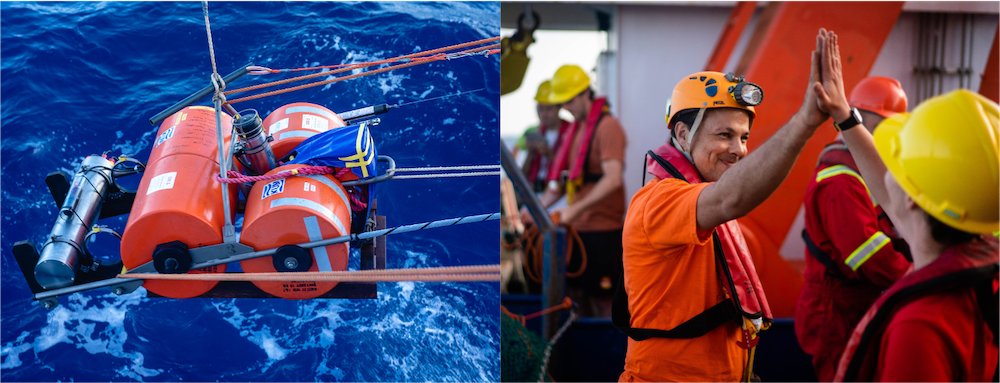
The final OBS deployment of the cruise. Waving goodbye to Sara and relaxed mood after deployment is finished.
With Sara, we have just gone through these well-practised motions for a last time. Will we miss getting up at 3am in the morning for a night deployment? You would not think so but there is something special about being there in the middle of the Atlantic in the dead of night with dark waves lapping against the ship and a starry sky above, including the odd meteor. Still, all the science crew will enjoy the opportunity to sleep through the night now; of course, night shifts will continue to be a normal way of life for some of the ship’s crew.
The OBS will do their silent work on the ocean floor (we hope), recording not only the minute ground motions and pressure waves caused by earthquakes far and close, but also the ever-present ambient noise field excited the interaction of oceanic waves near distant shores. Collectively, these data will teach us about the structures in the Earth’s crust and mantle, enabling us to ‘look’ hundreds of kilometres below the surface (more information on the science of UPFLOW). But these instruments will also record the sounds of whales and other marine life, opening up different avenues of research.
What’s left for us, the science crew? For sure, we will be busy during the transit to Lisbon: there is tidying up of the labs; repacking of boxes for the return shipments, and the completion of documents and packing list etc, and, not to forget, the preparation and organisation of outreach material. Afterwards, most of us will return to land life in our various institutions and refocussing on our own projects; a lucky few will start their well-deserved holidays.
Ana and her team at UCL will work hard on developing and testing new analysis tool, so that they are ready when the OBS data are retrieved about one year later. Also, after the cruise is before the cruise;: the recovery cruise needs to be organised.
What remains? Many of the participants in both leg 1 and 2 have been on research vessel for the first time, and maybe some got bitten by the marine geophysics bug, but for sure for all participants this has been a memorable experience. On behalf of the leg 2 crew I thank Ana for involving us in this project and I look forward to continue the UPFLOW journey. Leg 1 crew are thanked for being super-efficient, doing part of our (leg 2) work already which allowed us to be finished well ahead of time, and, importantly, setting a good mood on the ship. José Gomes and his crew provided superb service to us, and many interesting chats with them were had. And personally I would like to thank the leg 2 science team, Wolfram, Afonso, Marta, Peter, David, Auggie and Theresa for being a fantastic team.
Leg 2 crew in the working area at the stern. You can see many faces familiar from Leg 1.



